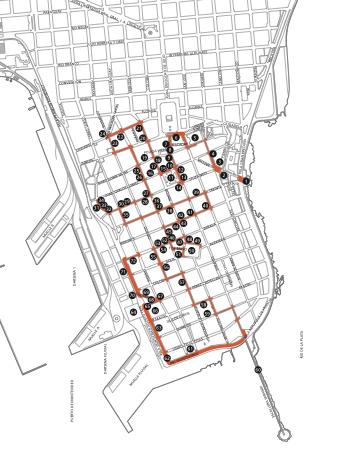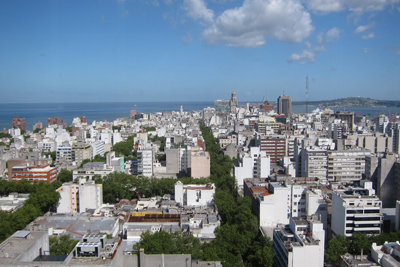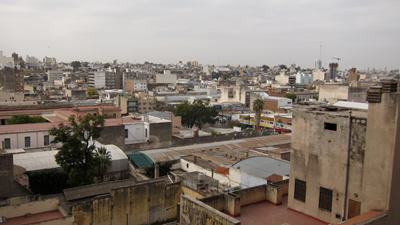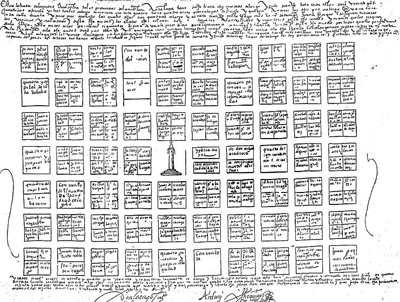montevideo: avenida 18 de julio
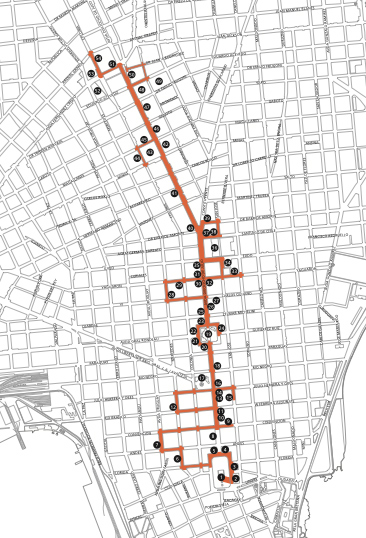
When Buenos Aires declared independence for the entire Viceroyalty, Montevideo remained loyal to the Spanish crown. BA apparently didn’t consult their neighbors… some things never change! No matter. Montevideo grew as a result, but 18 years later they also broke away. What initially began as a small port town…
Read More »montevideo: avenida 18 de julio